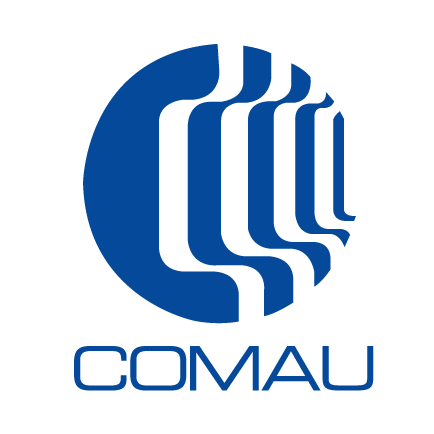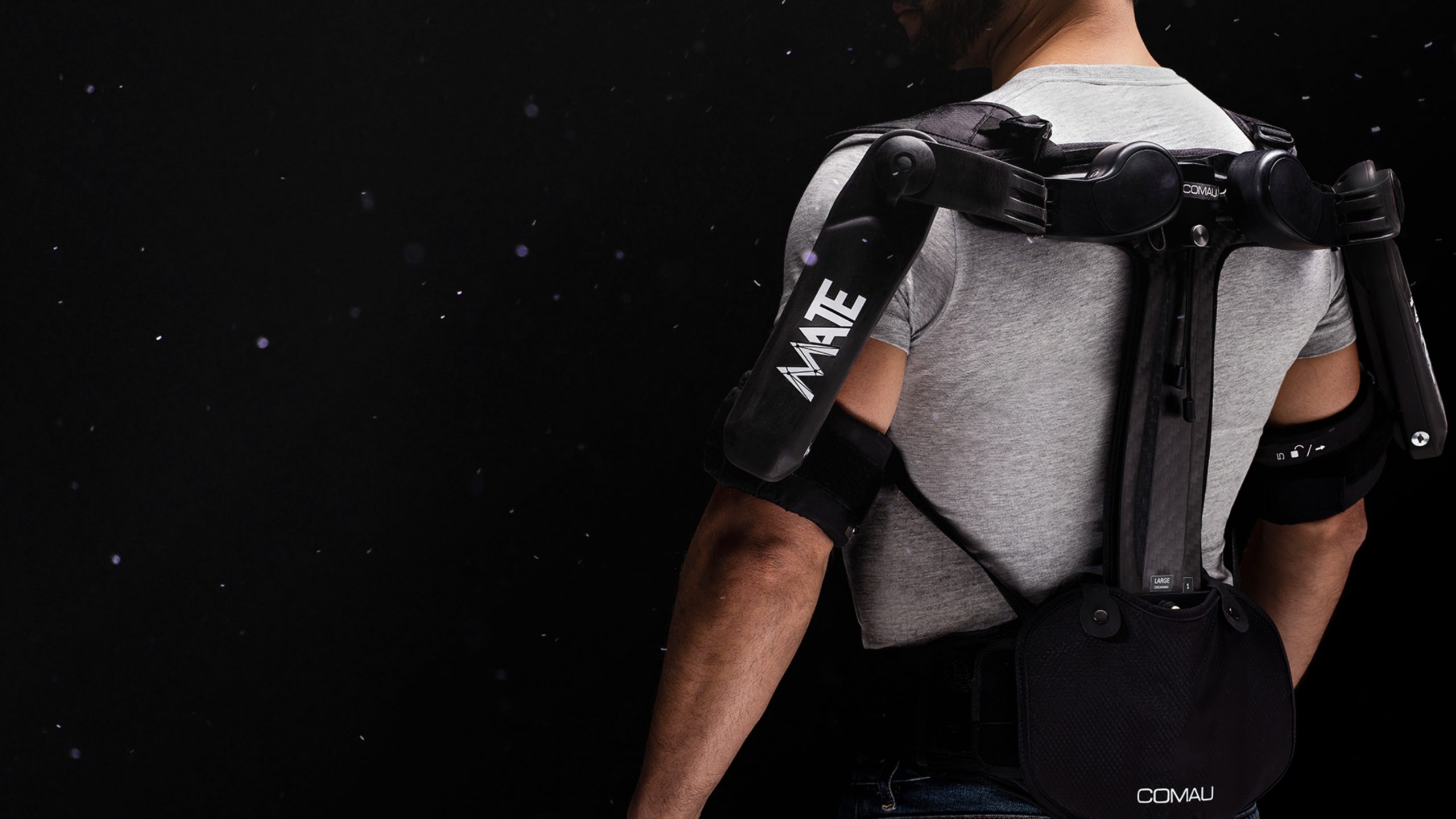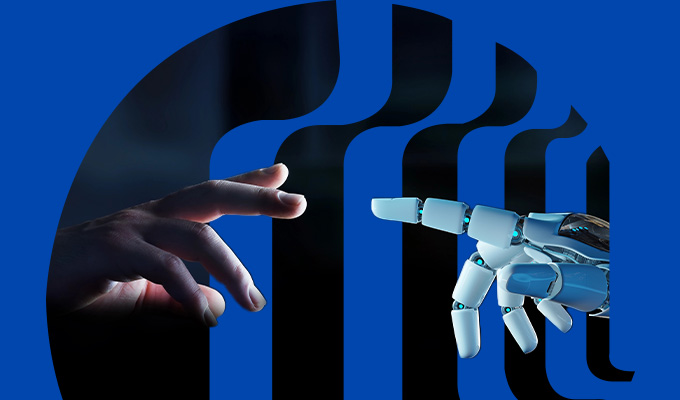Frequently Asked Questions
Here you can find answers to the most common questions about MATE.
If you need more info, please, CONTACT US.
An industrial exoskeleton is a wearable mechanical skeleton for use by human workers in industrial applications.
Exoskeletons qualify as “work equipment” according to European directive 2009/104/EC. Under Italian law, exoskeletons are also covered by the “work equipment” definition set forth in article 69, Law 81/2008.
MATE means Muscular Aiding Tech Exoskeleton.
It is a passive spring-loaded exoskeleton suit (i.e., no motorized joints or batteries) designed to provide workers with antigravitational support for shoulder flexion-extension. MATE is particularly indicated for overhead tasks.
The main purpose of the device is to reduce workers’ physical strain and improve the quality of their life at work.
MATE’s spring-loaded actuation box stores energy through an advanced mechanism during the extension phase, and then returns it to the user during the flexion phase.
Physiological Movements – Thanks to a chain of passive degrees of freedom the human shoulder flexion-extension rotation axis is aligned with that of MATE: this makes it comfortable to use and prevents undesired and risky overloads on the human articulation.
Compact Structure: MATE surrounds the human body with minimal protrusions to further protect the users’ safety. The absence of protruding structures limits the risk that a worker could accidentally collide or become entangled with any equipment in the environment.
Lock/Unlock Mechanism: A safety mechanism guarantees safe use of the device during the donning/doffing procedures.
Adjustable Assistance: The shoulder flexion-extension assistance can be easily set by the operator and adapted to the ongoing activity or level of fatigue with no need to take off the device.
MATE is manufactured at the Comau plant located in Grugliasco (Turin, Italy).
The biomechanical effect of MATE on the user’s body has been constantly documented by medical centers and biomedical engineering teams since the very start of its development. The findings of a recently-published scientific study indicate that the device effectively reduces the physical demand of the shoulder girdle by minimizing the transfer of undesired force to the user’s musculoskeletal system, thanks to its human–robot kinematic coupling. You can download the study HERE.
Further studies investigating the effectiveness, usability and acceptability of the device with experienced workers in real operational environments are currently being prepared for publication in scientific journals.
Absolutely not. The vision behind the introduction of wearable exoskeletons in productive environments aims at providing more ergonomic and less burdensome workstations. The ultimate dream of Comau engineers is to improve the quality of life for workers.
No. We do not have elements to infer that the device can affect the human biomechanics or lead to a deterioration of the muscle tone. MATE does not provide 100% of the gravitational support. On the contrary, the MATE exoskeleton suit aims at reducing the occurrence of muscle-skeletal diseases deriving from excessive muscle activity.
MATE is made of non-allergenic and washable textiles, with an aluminum frame and a fiberglass cover.
The assistance level can be selected based on the anthropometry of the operator and the task to be performed . The user manual describes the assistance levels recommended by Comau, which can be autonomously and easily set by the worker.
Any task that requires a prolonged use of the upper limbs, specifically at a flexion/extension angle of about 90 degrees (i.e. so called ‘overhead’ work).
We cannot currently refer to MATE as a PPE. There is a debate in the scientific community on this topic, to which the COMAU team is contributing. Given the increase of scientific works linking the use of exoskeletons to a reduction of muscle-skeletal diseases, it is possible that in the coming years exoskeletons (including MATE) can be considered as PPE.
Comau has certified MATE under the EU Machinery Directive 2006/42/EC (implemented in Italy with Legislative Decree 17/2010). The certification of MATE also took into account the ISO 13482/2014 technical standard on personal care robots.
The influence of exoskeletons (including MATE) on ergonomic risks is currently under long-term evaluation.
MATE is suitable for body heights ranging from about 1.6 m (5.2 feet) up to about 1.9 m (6.2 feet).
MATE can only be used by people in a state of both good physical and psychological health. Workers affected by specific diseases should consult their primary care doctor before using the device. (SEE User Manual for further information)
Pregnant women should not use the device under any circumstances.
The frequency of maintenance interventions depends on the working conditions of the device. It is recommended to contact Comau after 12 months of use (SEE User Manual for further info).
The soft parts of MATE are removable, washable and reusable. MATE’s mechanical components can be cleaned using a dry (or lightly water-soaked) cloth and neutral soap (SEE User Manual for further info).
Please contact us and discover our offers.
WOULD YOU LIKE
TO BUY MATE?
THE BENEFICIAL EFFECTS OF USING MATE DEVICES


